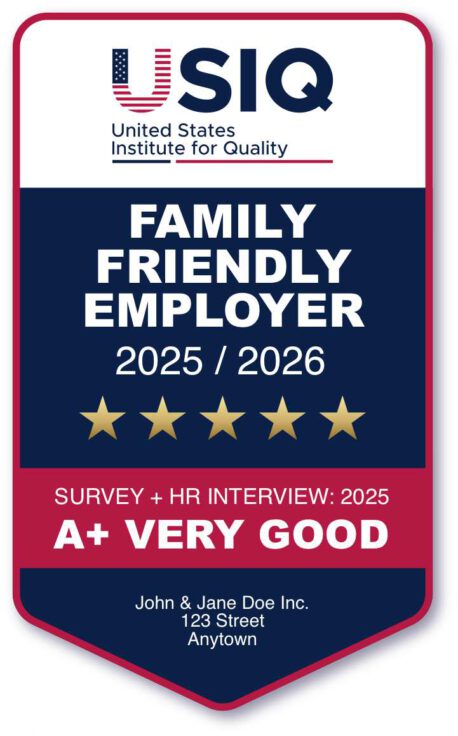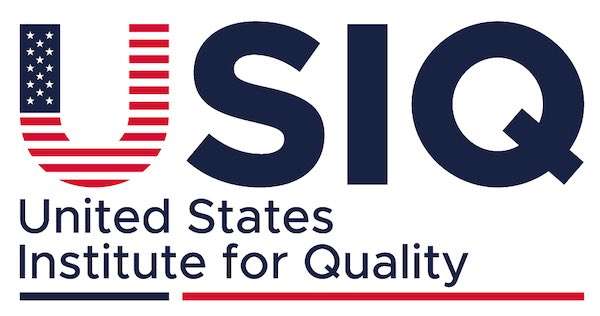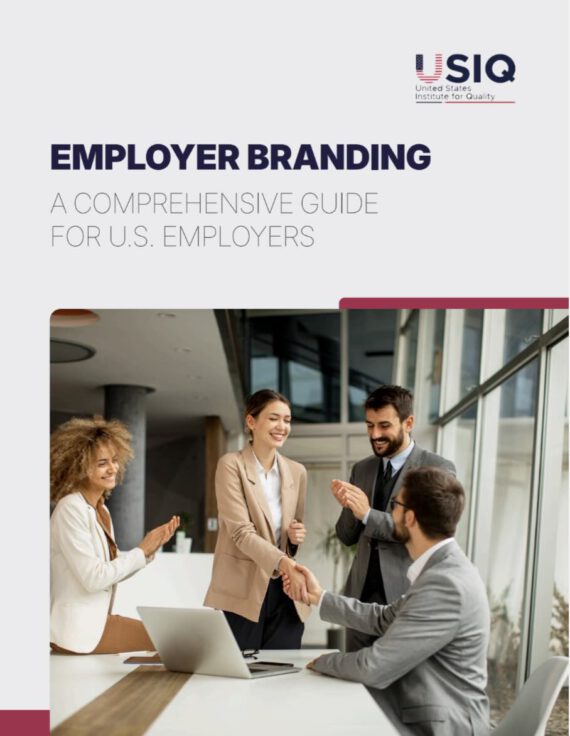|
Getting your Trinity Audio player ready...
|
An ever-increasing number of small and medium-sized companies are looking at employer branding to attract attention in the competition for the best minds. What is behind this concept and how can you use employer branding to develop a unique employer brand?
What exactly is employer branding?
Employer branding encompasses all measures of how a company strengthens its brand and presents itself – especially to potential applicants – as an attractive employer. The term “employer branding” is being used more frequently in business agencies and marketing or HR departments. The days when companies could have their pick of employees are long gone. Today, it is the employees who are spoiled by choice. Simply placing a job ad and waiting for applications to roll in only works for very few companies. However, by building and establishing an attractive employer brand, companies can succeed in holding their own against strong competitors. In doing so, they draw on concepts originating in marketing, branding, and various analyses, strategies and measures.
What goals can be pursued with employer branding?
Strengthening the employer brand is the top goal. You can set your business apart by raising your company’s profile and highlighting and communicating its advantages. Tech giants like Google are world-renowned as particularly attractive employers. Google offers many unique options to its employees, such as in-house sleeping accommodations, support for charitable activities, and regular invitations to exciting talks. Naturally, small and medium-sized companies must operate on a much smaller budget, but they can learn much from Google’s extreme employee benefits.
Another goal is to retain employees who are already working for the company. Well-trained specialists may look around to see what opportunities might open up for them elsewhere. While some employees are toying with the idea of a new challenge, others have been actively looking for a long time. For smaller companies, in particular, there is always a risk of losing valuable employees and having to replace them. Employer branding helps increase employees’ job satisfaction so they are happy to stay with the company.
Whether your company is characterized by a particularly friendly working atmosphere, numerous promotional offers, or a good work-life balance, these benefits help you retain current employees and attract new ones. A wide variety of communication channels are suitable for this purpose.
Depending on the industry, it may be a good idea to get in touch with trainees or students and make a good name for yourself among them.
What is the difference between employer branding and personnel marketing?
In everyday life, there is hardly any distinction between personnel marketing and employer branding. However, the synonymous usage belies the differences. The overarching goal of employer branding and personnel marketing is to shape an attractive employer brand; however, the approaches differ. Personnel marketing can be understood operationally and includes practical measures to implement the employer brand, for example, internally through the development of training programs and compensation systems or the organization of team events. External personnel marketing pursues the goal of reaching potential employees. On the other hand, employer branding takes a strategic approach by starting from the initial situation, identifying target groups and values, and looking at future prospects. In practice, the two approaches are closely intertwined.
What steps should employer branding involve and which measures are suitable?
There are some basic steps that will help you define and use your employer brand to retain current employees and attract potential ones. In doing so, it is critical that you place a primary focus on choosing the steps appropriate for your company.
Step 1: Define Employer Value Proposition
To begin with, you should ask yourself elementary questions about your company’s core benefits. Central to the employer brand is the Employer Value Proposition (EVP). The EVP can be understood as the offer or promise that the employer makes to potential applicants. Your employees support you with their talents, experience and time – what can you offer them in return that they cannot expect from other employers? What values does your business stand for? Does it operate primarily in the moment or pursue a longer-term vision that inspires enthusiasm in ambitious employees? Is your company already well on its way to positioning itself as an exciting employer? To work out how to differentiate yourself from the competition, you can also turn the tables by asking what you definitely don’t want your company to stand for.
Step 2: Plan communication channels
Working out a unique EVP is just the beginning. Although many companies invest a lot of time and effort in this step, the next one is at least as important. The best EVP is useless if you fail to communicate it to the world. Therefore, the question now is which talents you are primarily targeting and what touchpoints you have with them. Based on how you define your target audience, there are very different ways to reach out. It could be a blog, a career page, a newsletter, a post on social media or an appearance at a career fair. It is important that your future employees actually make use of the respective communication channels, but also that they fit your EVP.
Step 3: Define content strategy
Once you have selected the appropriate communication channels, you are faced with the task of integrating them into your marketing campaigns and producing suitable content. An informative blog entry, for example, offers your company the chance to provide curious people with interesting insights and to credibly underscore the company’s values. Of course, the best ambassadors are satisfied employees who represent the company authentically and professionally to the outside world.
How about an interview that makes it easy for outsiders to empathize with your team members? Insight videos can generate interest on social media, whereas longer texts don’t get much response. By the way, if you provide online content, it’s not enough to do so sporadically. You can only attract followers and, thus, potential applicants with content that appears regularly. Of course, the question of how to present yourself as an attractive employer also arises when you and your employees prepare for a company contact fair and consider appropriate materials.
At this point, a high-quality employer seal can help you communicate your existing attractiveness as an employer. Always consider the internal impact of certification when considering an employer seal. A scientific study by Oliver Scharfenberg examined, in the context of a master thesis, the criteria after those employer seals are evaluated. The decisive criterion was the trustworthiness/credibility of the seal provider. Less relevant was the awareness of an employer seal like a Top Employer (USIQ)..

Employer Seal: Familiy-Friendly Employer
Step 4: Find and recruit employees
Now the time has come to reap the fruits of your labor. In this step, your employer branding initiatives should combine with recruiting initiatives; ideally, they go hand in hand. Potential employees who come into contact with your company for the first time are also immediately exposed to your corporate values, thanks to this tailored interaction. So they don’t just learn about what you do; they automatically learn about your principles, vision, and why you’re different from the competition. This allows even small and medium-sized companies to make a deep impression.
Step 5: Retain top talent
You’ve managed to present yourself as a welcoming employer and retain promising employees. Now your task is to confirm the EVP you have formulated in everyday work. For long-term successful employer branding, this is perhaps the most important point. It’s obvious that employers wish to present themselves in a favorable light. That’s one reason applicants are very interested in independent portals where employees rate former employers. However, if a first glance at ratings reveals serious points of criticism, there is an urgent need for action.
Open communication with employees is the key to getting any problems under control early on. What do employees like about their work and what potential for improvement do they see? Internally, too, it is crucial to communicate advantages. These may or may not be financial. In addition to subsidies for public transport, bonuses for recruited employees or paid training, flexible working time models, the targeted involvement of employees or a permanent home office option can also help to strengthen the employer brand.
Further information on the topic of employer branding: How you as an employer can build an attractive brand and general information on the term employer branding.
Related Articles
A successful social media marketing strategy for B2B success depends on trust development while sharing valuable content that targets decision-making [...]
Every employer understands the importance of retaining their employees because this is one way through which their business can grow [...]
Email marketing represents an effective strategic tool for business growth in the online field. Your email marketing strategy requires active [...]
The competitive marketplace demands that businesses go beyond the ordinary and stand out as the key to success. Trust is [...]






